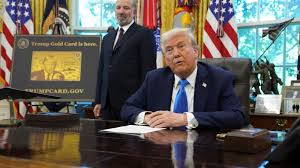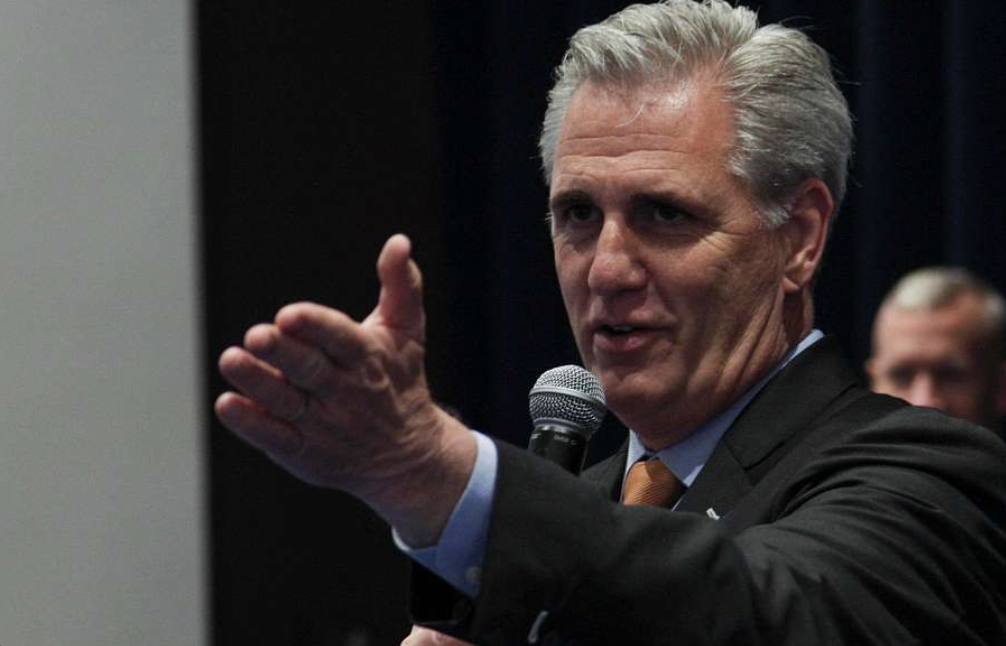On October 3, Speaker of the House Kevin McCarthy was ousted. This decision followed McCarthy’s last-minute deal with House Democrats to avoid a government shutdown. This removal of the speaker is significant because it’s the first time in U.S. history that a full House vote has resulted in the removal of a sitting House Speaker during a congressional term. This raises questions about the future, sets an interesting precedent, and leaves the door open for who will be chosen as McCarthy’s successor.
Many believe that McCarthy’s deal with the Democrats regarding funding was the last straw. During the negotiations, McCarthy faced a difficult balancing act. On one hand, he aimed to satisfy the demands of figures like Matt Gaetz and the House Freedom Caucus, who called for significant cuts in federal spending. On the other hand, McCarthy wanted to prevent a government shutdown that would withhold paychecks from millions of workers and disrupt essential programs for those in need.
On October 2, McCarthy’s rival, Matt Gaetz, initiated a motion to vacate. On October 3, a vote was taken and McCarthy was removed from the role as speaker. The vote was 216-210; the 216 votes to remove MCarthy was made by eight Republicans and 208 Democrats.
The rules say that if there is a vacancy for the speaker of the house, then the next member named on a list submitted by McCarthy to the Clerk of the House in January will become speaker pro tempore until a new speaker is elected. After the speaker pro tempore takes over, the next step would presumably be for the House to vote for a new speaker.
In the meantime, Rep. Patrick McHenry of North Carolina has been appointed speaker pro tempore and will serve temporarily until a new speaker is elected. Without a new speaker in place, it might be challenging for House Republicans to advance legislative business since the speaker plays a crucial role in setting the agenda and negotiating between factions to determine what legislation comes to the floor.













































































































































